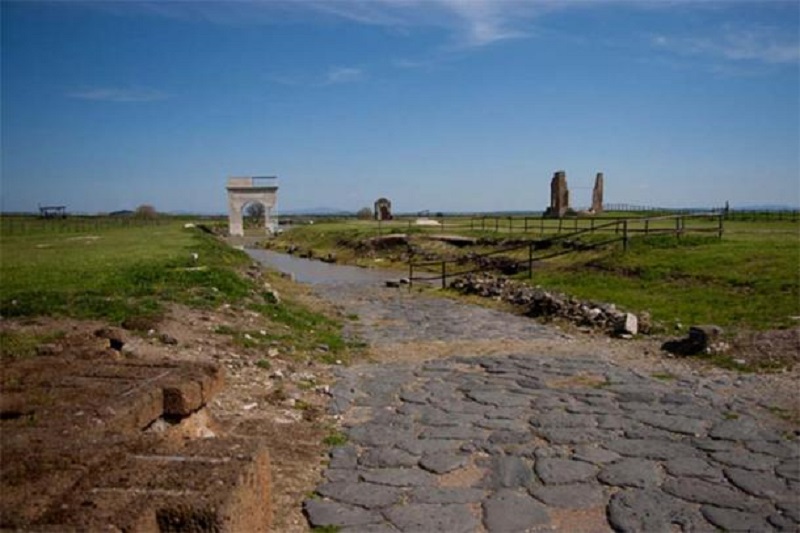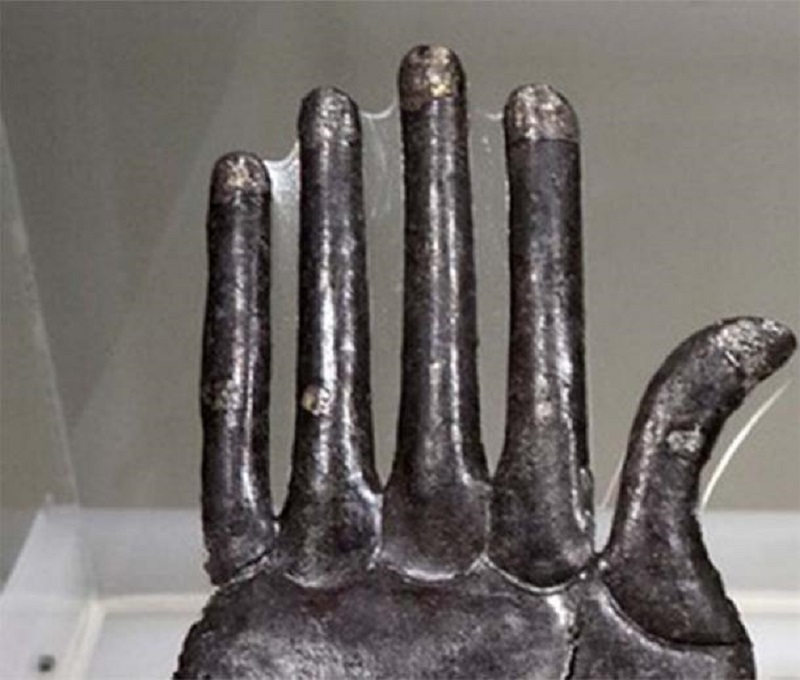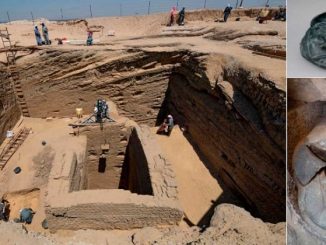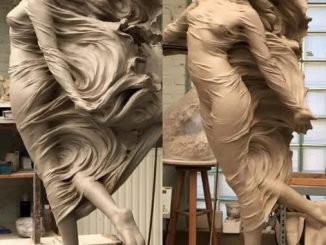The extremely advanced and powerful culture of the ancient Etruscans could not withstand the rise of the Romans. By 500 BC, the political situation in the Italian Peninsula was rapidly changing – the Romans were a young and enthusiastic kingdom, and had grown at breakneck speed, displacing the Etruscans. Over time, this civilization was absorbed by its ruthless neighbor and time took over. Thankfully, archeology has provided a small window into this distant past to learn more about the mysterious Etruscans. Recently, the discovery of a noble family’s cemetery really intrigued researchers because it contained unique silver hands. What was the purpose of these Etruscan items?
The mystery of the tomb of silver hands
Vulci is the name of a wealthy Etruscan city located in northern Lazio, Italy. The city and the tribe of the same name that inhabited it were the richest of the towns of the Etruscan league. It is a place that honors the craftsmen who created bronze masterpieces. Vulci’s prosperity was famous throughout the classical world, and it naturally had many wealthy noble families living in it. The discovery of the underground tombs of these nobles is an important find for archaeologists.
The tombs of Vulci were first discovered in the late 18th century. They are located in fields 75 miles northwest of Rome and 25 miles west of Viterbo. Cardinal Guglielmo Pallotta was the first to conduct official excavations, discovering a vast burial ground containing the remains of both nobles and commoners. Since then, this vast necropolis continues to yield unique Etruscan finds.
The Etruscan city of Vulci. (Robin Iversen Rönnlund/ CC BY-SA 3.0 )
The Tomb of the Silver Hands is one of the recent discoveries in the vast field and its unique contents have puzzled archaeologists. At the end of 2012, a team of archaeologists discovered a 30-foot-long corridor leading into a large and spacious noble tomb. Its rooms are filled with rich grave goods: fragments of bronze chariots, many elaborate bronze drinking vessels, cups, vases and high-quality pottery. But something much more different caught the research team’s attention: a pair of well-preserved synthetic silver hands. They are immediately faced with a mystery: what are they?
Guardian of the souls of the deceased
The hands are made of thin silver sheets, with great attention to detail and authenticity. On one side, the open palms are hollow and on the top they are very realistic. There are traces of gilding on the nails as well as on the fingers themselves.
Gold detail on the tip of the left hand, a sign of a noble, prosperous and wealthy woman. (Dan Diffendale/CC BY NC-SA 2.0)
The left hand is almost intact and undamaged. However, the one on the right was fragmented but was skillfully reassembled and preserved. Thanks to the craftsmanship and quality of silver, these hands have been able to survive since ancient times unscathed.
Once preservation was completed, researchers were able to study the artifacts and discover their true purpose. After all, what they concluded was not so rare: the hand was part of a sphyrelaton, a special funerary effigy placed in a tomb to protect the souls of the dead. The Sphyrelaton has its origins in Ancient Greece: it is a life-sized figure carved from wood and has great symbolism. The thin copper sheet is then carefully hammered around the shape, giving it a lifelike impression and exquisite beauty. The Sphyrelaton can be represented as a supernatural being, or more often as a warrior or representative of the dead buried in tombs. In this case, the sphyrelaton is that of a woman, possibly a noblewoman whose remains were placed in the tomb.
Besides the silver hands, archaeologists also discovered other remnants of the clothes the sphyrelaton mannequin once wore: pieces of purple thread, threads and small golden balls, porcelain, amber beads and the remains of a necklace. Of course, the wood has long since rotted, but these imperishable items still exist.
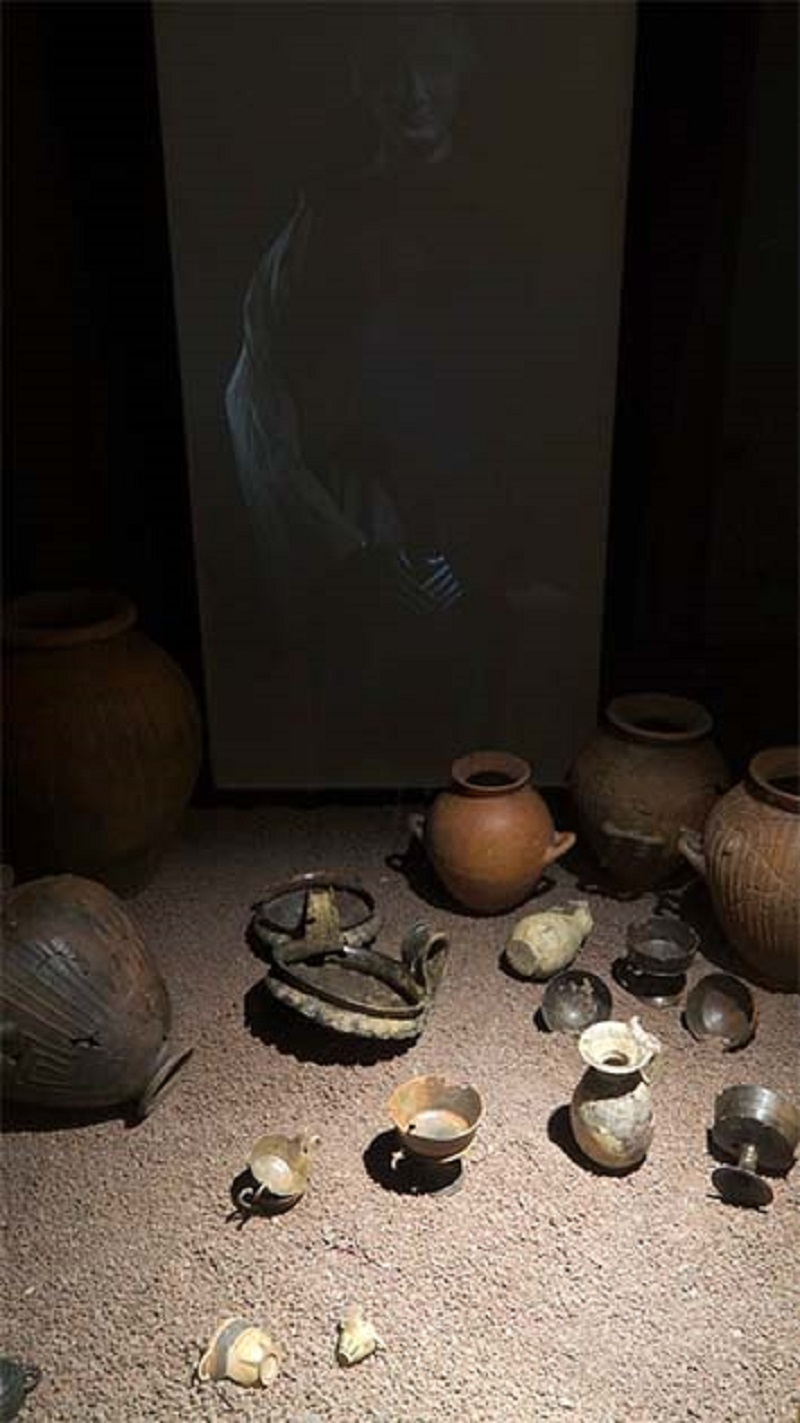
Reconstruction of the Etruscan Silver Hand Tomb at Vulci. Many good items such as vases, bronze cups, and ceramics filled the room. ( Dan Diffendale / CC BY NC-SA 2.0 )
The clues tell of fascinating wealth
Whoever was laid to rest in Silver Hands’ tomb must have been extremely wealthy. The tomb was filled with precious objects that indicated an individual of high status. This may have been a noblewoman from the city of Vulci, someone with a lot of wealth and influence. Researchers note that similar sphyrelaton hands have been discovered in Vulci tombs, as well as in the town of Pescia Romana near Viterbo, another burial site. But these hands are made of bronze and are much more primitive. Those found in silver hand tombs were made with special skill and could have cost a lot of money to produce. This is just another sign of the deceased’s wealth.
Vulci’s Tomb remains a fascinating glimpse into ancient Etruscan customs and traditions. The vast burial fields continue to yield very valuable finds and we can only look patiently to the future while we wait for new exciting excavations.
Top image: On display at the Museo Nazionale Etrusco di Villa Giulia, Rome, Italy. Source: Dan Diffendale/ CC BY-NC-SA 2.0 )
